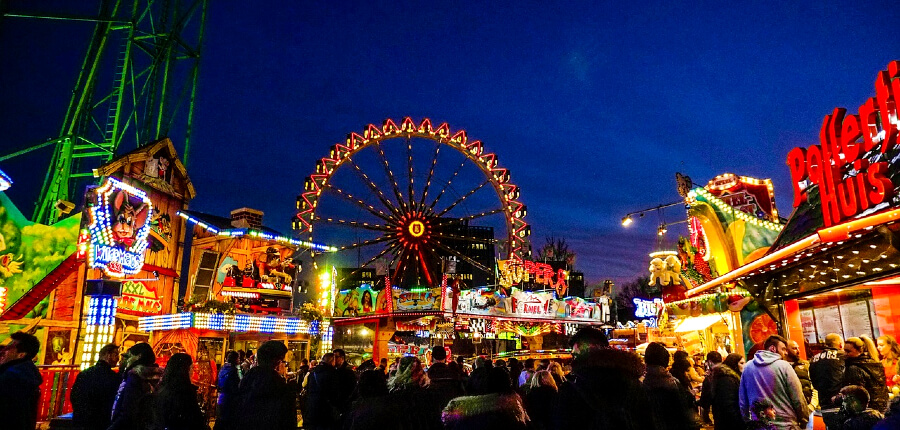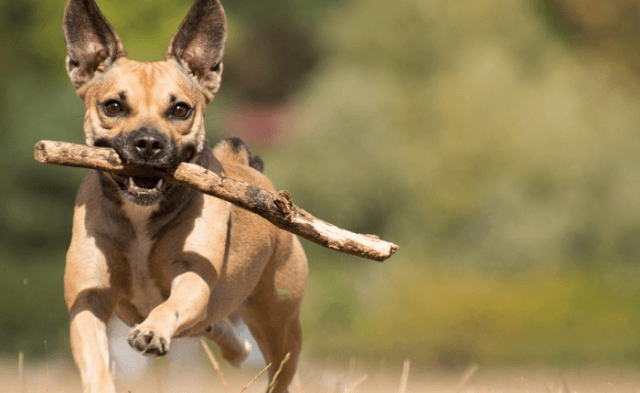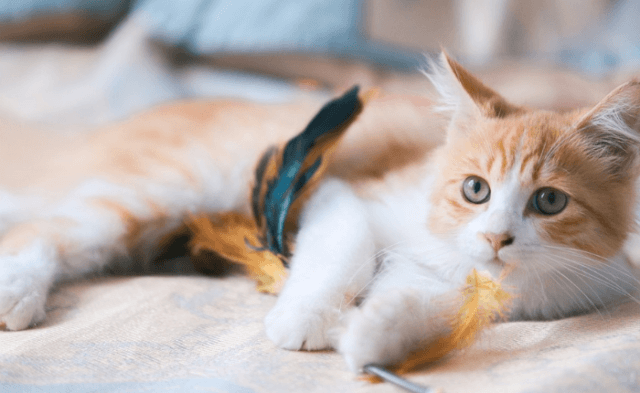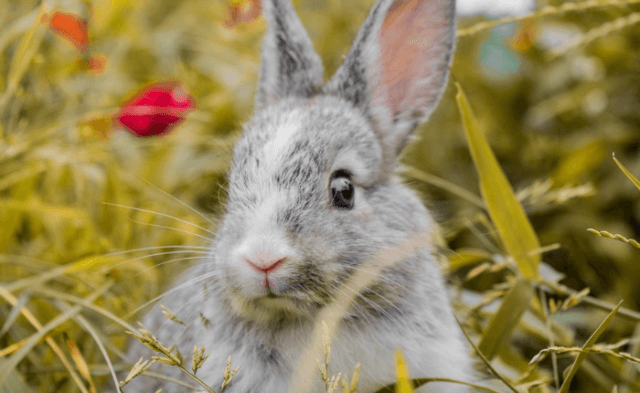After a year and a half of staying home and with lockdowns now receding, most of us have an almost visceral need to get back to normal. But if the coronavirus crisis has taught us anything, it’s that the ways we once did things can—and sometimes must—change. That mindset should also apply to animal displays on the state and county fair circuit. Petting zoos, big-cat photo ops, pony turnstiles, elephant and camel rides and others must be retired to the history books.
Now that state, county and local fairs are resuming, animals face months of debilitating transport in stifling tractor-trailers and an exhausting onslaught of interaction with fairgoers. Animals who naturally shun human contact are forced to engage with the public over and over again. Their every move is controlled by those who view them as nothing more than property used to make a profit. Weeks-old tiger cubs—who should be with their mothers, nursing—are used as photo props. Elephants are smacked with bullhooks—heavy batons with a sharp steel hook on the end—to keep them plodding in endless circles and giving rides. Sea lions are jammed into traveling tanks barely any larger than their own bodies and forced to put on shows.
Then there’s the midway, where the value of animals’ lives is reduced to a buck as people fork over a dollar to see the “world’s largest rat” (usually a shy South American mammal called a capybara). Goldfish given away as ping-pong prizes often die before they even make it to the parking lot.
And pity the poor “farm animals.” Instead of the comfort and privacy they deserve, cows are placed in stanchions and forced to give birth in front of raucous crowds. Ponies are excluded from protection under the federal Animal Welfare Act, so they can be hooked up to turnstiles and forced to work until they drop. Smart, sensitive pigs are covered with grease or mud and then grown men try to “wrestle” them into plastic barrels.
After being poked, picked up, raced, ridden and mishandled in one location, the animals are loaded up and hauled to the next venue. The logistics of getting from place to place on a tight schedule doesn’t permit downtime to let them rest and recuperate. Veterinarians don’t travel in these caravans. Animals who are ill or injured may go untreated.
Is anyone in authority keeping an eye on these traveling displays? The simple answer is no. The U.S. Department of Agriculture oversees animal exhibitors, but because these shows are constantly on the move, it’s impossible to know how many animals suffer and die along the way.
By all means, bring back the Beach Boys and the deep-fried Oreos, but it’s high time that cruel animal displays made way for fresh and innovative exhibits that appeal to a generation that cares about animals and our planet.





